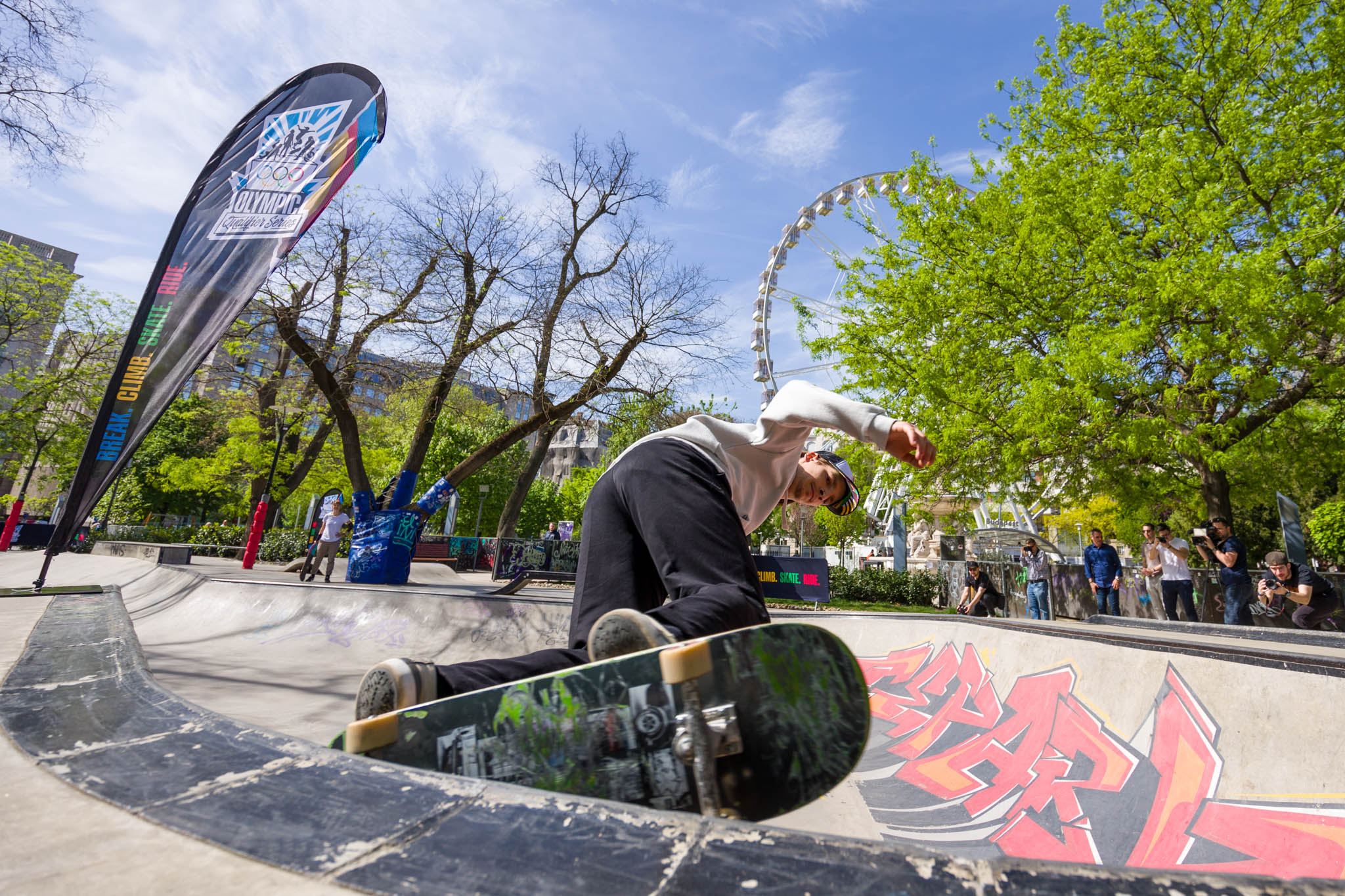Planning a Budapest Staycation This Summer

Aerial view of Margit-sziget and Margit híd, an ideal stopping-off point in a Budapest staycation.
Photo by Alexey Oblov / Shutterstock.com.
When I think of the charm of cities in the summertime, these lines from F. Scott Fitzgerald’s “The Great Gatsby” about New York always spring to mind: “We drove over to Fifth Avenue, so warm and soft, almost pastoral, on the summer Sunday afternoon that I wouldn’t have been surprised to see a great flock of white sheep turn the corner.”
This summer, with foreign travel still a complicated, uncertain affair and prices for holiday rentals in the Balaton skyrocketing, the idea of staying in Budapest appeals more than ever before.
For me, sheep or no sheep, the battered grandeur of Budapest is as romantic in the summer as it is in the depths of winter. I’m happy wandering the streets on the Buda side between Margaret Bridge and any of the other bridges, then crossing over the Danube to head up towards Districts VII and VIII in search of a cool bar or restaurant.
This time, though, I want to explore Budapest’s glorious green spaces and venture a little further afield. I have a weekend in which to do so.
When I visit the city, I’m fortunate that I always stay up on the hill on the Buda side with Margit-sziget (Margaret Island) lying below, in the middle of the Danube, and reached by the Margit híd (Margaret Bridge).
I plan to start with a walk around Margaret Island as early as I can bear it on my first morning, a little over five kilometers, and then head somewhere for lunch. From the metro station at the Buda end of the Margaret Bridge, it’s possible to get the H5 HÉV overground train all the way to Szentendre, a charming town on the Danube. Szentendre has a somewhat Mediterranean feel because it was settled by Serbs fleeing the Turks in the 17th century.
I’m intrigued by the From Sea restaurant in Szentendre. This, as the name suggests, has plenty of seafood on the menu. Much as I love the way Hungarian cuisine uses freshwater fish, I often hanker for something caught in the sea.
Hekk or High Water
But I might settle for hekk, Hungarian for hake, at one of the restaurants on Római strand. Not that hekk, prepared the Hungarian way, means “settling” for anything. It’s every bit as delicious as good British fish and chips but with the bonus of paprika rubbed into the fish and batter and the fries.
I love Római Strand. It’s a bit like a seaside resort was picked up and placed by the Danube, which gives it a surreal quality. If you want to be among ordinary Budapesters at play, this is the place to go. You can get to Római Strand or places nearby on the number five HÉV.
If I decide I want to swim rather than gaze longingly at the water, I’ll head for Csillaghegyi strand, also on the Buda side. While it’s not precisely a best-kept secret, Csillaghegyi strand is very much a place where Budapesters congregate.
The baths were opened in 1919. Set in a large, leafy park dotted with sculptures, its terraced sunbathing areas and promenades made Csillaghegyi strand particularly modern and elegant. With its sleek lines suggestive of an ocean-going liner, the main building retains a flavor of that elegance today.
For me, four things I’ve learned about the Csillaghegyi strand are worth sharing with you. Its website claims that the first wave pool in Hungary was installed at the baths in 1925. This would make it the precursor of the wave pool at Gellért Baths in the city, built in 1927.
Incidentally, Ludwig II of Bavaria (also known as “the Fairy Tale King”), who reigned from 1864 to 1886, is credited with being the inventor of the wave pool. A legendary builder of over-the-top fantasy castles, Ludwig made waves by electrifying a lake. I’ve been unable to find out how.
In Tarzan’s Wake
Nor have I found out who won when Olympic champion Johnny “Tarzan” Weissmuller swam a race at Csillaghegyi strand against Hungary’s Dr. István Bárány, Olympic silver medalist, or even the year the competition took place. Bárány was the second person in the world to swim 100 meters in under a minute after Weissmuller, so it must have been a close race.
Weissmuller was of Hungarian origin. He was born in 1904 in Freidorf in the Hungarian part of Austria-Hungary (now part of Romania), emigrated to the United States, and made his first Tarzan movie in 1932.
Usually regarded as the definitive Tarzan and famous for his “Tarzan yell,” Weismuller was one of the Beatles’ heroes pictured on the cover of 1967’s revolutionary Sergeant Pepper’s Lonely Heart’s Club Band album. Paul McCartney explained how Weismuller ended up on the album cover.
“These were all just cult heroes. George chose a few of his schoolmates he liked, and the rest of us said names we liked the sound of: like Aldous Huxley, H.G. Wells, Johnny Weissmuller...”
The third thing worth reporting about the Csillaghegyi strand is that the water in the outdoor pool is always absolutely freezing. Perfect for waking you up on a sultry summer day in Budapest.
And the fourth thing is that the best lángos in the whole of Budapest are found at Csillaghegyi strand, or so I’m reliably informed. Lángos, deep-fried fluffy bread, which I have topped with garlic paste and Hungarian sour cream, is utterly delicious but such an indulgence I only ever have it once a year.
How fitting that the next time I indulge myself with a lángos, it will be after I’ve swum in freezing cold water, following in the wake of Tarzan.
This article was first published in the Budapest Business Journal print issue of July 30, 2021.
SUPPORT THE BUDAPEST BUSINESS JOURNAL
Producing journalism that is worthy of the name is a costly business. For 27 years, the publishers, editors and reporters of the Budapest Business Journal have striven to bring you business news that works, information that you can trust, that is factual, accurate and presented without fear or favor.
Newspaper organizations across the globe have struggled to find a business model that allows them to continue to excel, without compromising their ability to perform. Most recently, some have experimented with the idea of involving their most important stakeholders, their readers.
We would like to offer that same opportunity to our readers. We would like to invite you to help us deliver the quality business journalism you require. Hit our Support the BBJ button and you can choose the how much and how often you send us your contributions.






.jpg)

